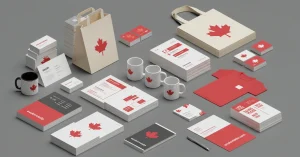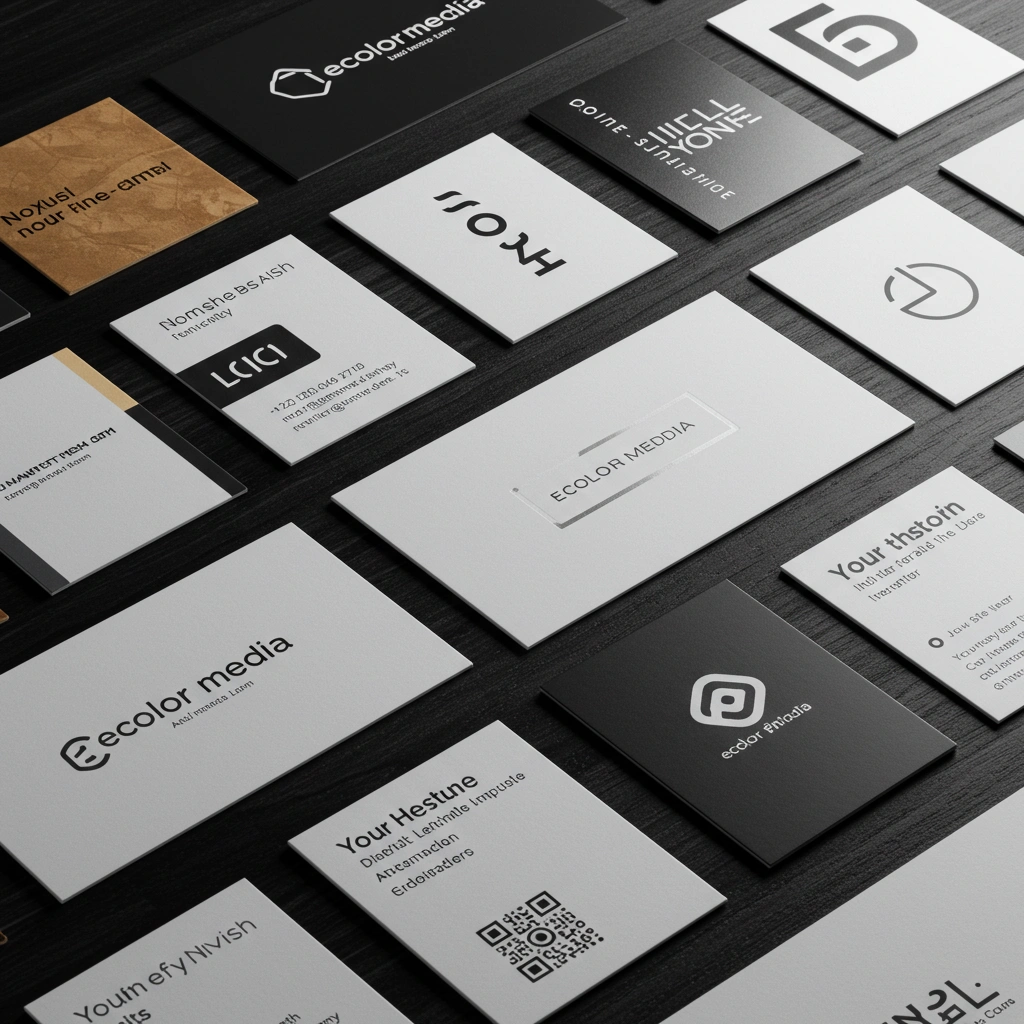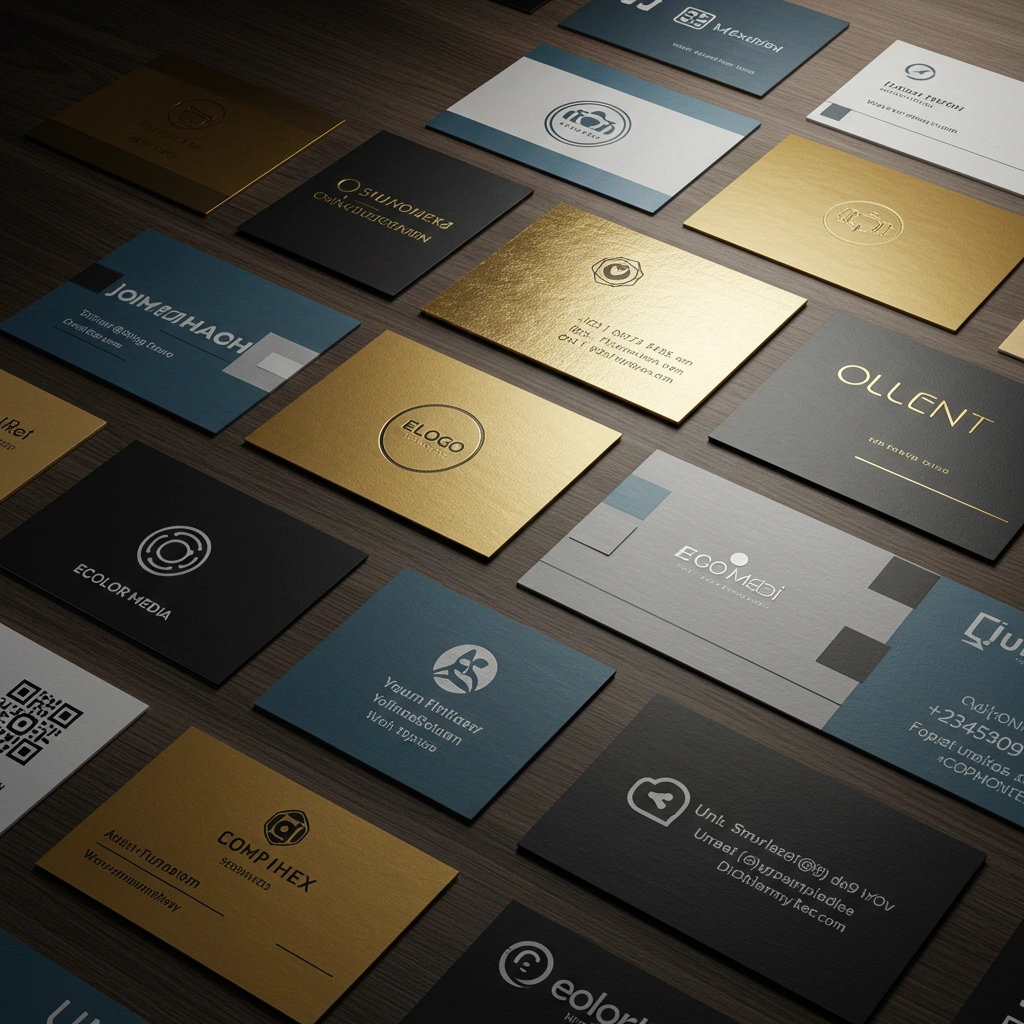
Get 20% Off On Your First Order | User Code: FIRSTORDER
Business cards are given out by people to share how they can be reached. These small pieces of paper are not just for names and numbers—they are like tiny mirrors of your brand.
When someone holds your card, it should feel like they are holding a piece of your business’s personality. For example, if your brand is known for being fun, your card might use bright colors or playful shapes. If your brand is serious, your card might be simple and bold.
Yes! Even though phones and computers are used a lot, business cards are still passed around at meetings, events, and stores. They are quick and easy to hand over. A card can be kept in a wallet or on a desk, acting as a reminder of your brand long after it is received.
First looks are made in seconds. A clean, colorful card can make someone think your brand is professional and fun. A blurry card might make them think your brand is not serious. The way your card looks tells people what to expect from your business.
Colors, words, and pictures on the card should match your logo and website. If your brand uses blue, your card should use blue too! Fonts (the way letters look) should be the same as those used on your website or ads. This makes your brand feel connected and trustworthy.

A good business card is made with important parts. These parts help people know who you are and how to reach you.
At least these things:
Big, simple fonts are best. Fancy fonts can be hard to read. For example, fonts like Arial or Times New Roman are easy to see. Avoid using too many different fonts—stick to one or two at most.
Colors are used to make people feel things. Red can mean energy or excitement. Blue can mean trust or calm. Green might make people think of nature or eco-friendliness. Pick colors that match your brand’s feelings. For example, a yoga studio might use soft greens or blues to feel peaceful.
Your logo should be easy to see. Usually, it is placed in a corner or in the middle. If your logo is small, make sure it’s not too tiny to notice. If your logo is complex, simplify it for the card.
Your brand is like a promise to customers. Your business card should keep that promise.
Is your brand fun, serious, creative, or simple? Write down your answers to choose the right look. For example, a children’s toy store might use bright colors and cartoon fonts. A law firm might use black ink and bold, simple designs.
Yes! If your website has bright colors, your card should too. If your website is minimalist, your card should follow that style. This makes your brand feel like one big, connected idea.
Very important! If your business card looks different from your website, people might get confused. Imagine seeing a red logo on a website but a green logo on a card—it might look like two different companies.
Yes! Look at cards from big brands you like. Notice how they use colors, fonts, and logos. For example, Apple’s cards are white with simple text, matching their clean, tech-focused brand.
Also Read: How to Prepare Your Artwork for Printing
Most business cards are the same size, but you can pick something different if you want to stand out.
Standard sizes are cheaper and easier to print. Custom sizes cost more but are unique. In the U.S., the standard size is 3.5 inches by 2 inches. In Europe, it’s often a bit smaller.
Yes! A circle or triangle card is not seen often and might be remembered. For example, a bakery might use a cupcake-shaped card. However, make sure the shape doesn’t make the card hard to carry or store.
Eco-friendly cards are made from recycled paper. Premium cards are thick or shiny. Some cards even use materials like wood or metal for a fancy look. For example, eColorMedia offers eco-friendly printing options for businesses that care about the planet.
If your card gets touched a lot, pick a strong material. If it is given at a special event, pick something creative. For example, a real estate agent might use thick, waterproof cards to survive in wallets.

Designing a card is like drawing a picture. Follow these tips to make it great.
Yes! Too many pictures or words can make it messy. Focus on the most important details. For example, a hair salon might use a simple background with a small image of scissors.
White space is empty space. It helps your eyes rest. Don’t fill every spot! For example, a tech company might leave large areas blank to look modern and clean.
Yes! Foil makes your card shiny and looks expensive. For example, gold foil on a black card might feel luxurious.
Use them only if they help explain your brand. A bakery might add a cupcake icon. A fitness trainer might use a dumbbell image.
Printing can be done at home or by a printing company. Both have pros and cons.
If you need a small number of cards fast, and you don’t care about perfection. For example, if you’re giving out 10 cards at a local event, home printing might work.
Professional printers use better machines. Colors are brighter, and paper is nicer. For example, eColorMedia offers custom business card printing with high-quality finishes.
Offset printing is better for large amounts. Digital is good for small amounts. For example, if you need 1,000 cards, offset is cheaper and sharper.
It depends. Some companies take 1 day. Others take 1 week. Always check the timeline before ordering.
This question is asked by many people. Here’s how to decide.
Sometimes. If your budget is small, pick the best option you can afford. For example, a new business might start with basic cards and upgrade later.
Blurry pictures, faded colors, or flimsy paper are signs of low quality. If your card feels cheap, it might not be taken seriously.
Yes! A lawyer or designer should use high-quality cards to show professionalism. For example, a luxury fashion brand might use thick, gold-foiled cards.
If your cards lead to more customers, they are worth the cost. For example, if one card leads to a $1,000 sale, even a $50 design is a good deal.
Many websites sell business cards. Pick one that is trusted and easy to use.
eColorMedia is one! They offer custom business card printing and fast shipping. Other options include Vistaprint and Moo.
Look at three websites. Compare their prices, what others say, and what they offer (like free designs). For example, eColorMedia has eco-friendly options and fast delivery.
Fast turnaround, good customer service, and eco-friendly options. For example, if you need cards in 24 hours, pick a printer that offers rush orders.
Pick a website with secure payment and clear return policies. For example, eColorMedia uses encrypted payments to protect your info.
A business card is small, but it can say a lot about your brand.
Because trends change, and your brand might grow. Update your card when needed.
Yes! A rough texture or bold font can make your card memorable.
Yes! If your logo or website changes, your card should too.
Yes! A great card can lead to more customers and a stronger brand.
Name, title, phone, email, website, logo, and company name.
Use bold colors, a unique shape, or a special finish like foil.
3.5 inches by 2 inches in the U.S.
Use the same colors, fonts, and logo as your website.
Yes! They remind people of your brand every time they are seen.
Try eColorMedia for sharp colors and premium paper.
If you’re not sure how to design, a pro can help.
Thick paper, recycled paper, or plastic for waterproof cards.
2–3 colors max. Too many can look messy.
Avoid typos, use high-quality images, and test print before ordering in bulk.